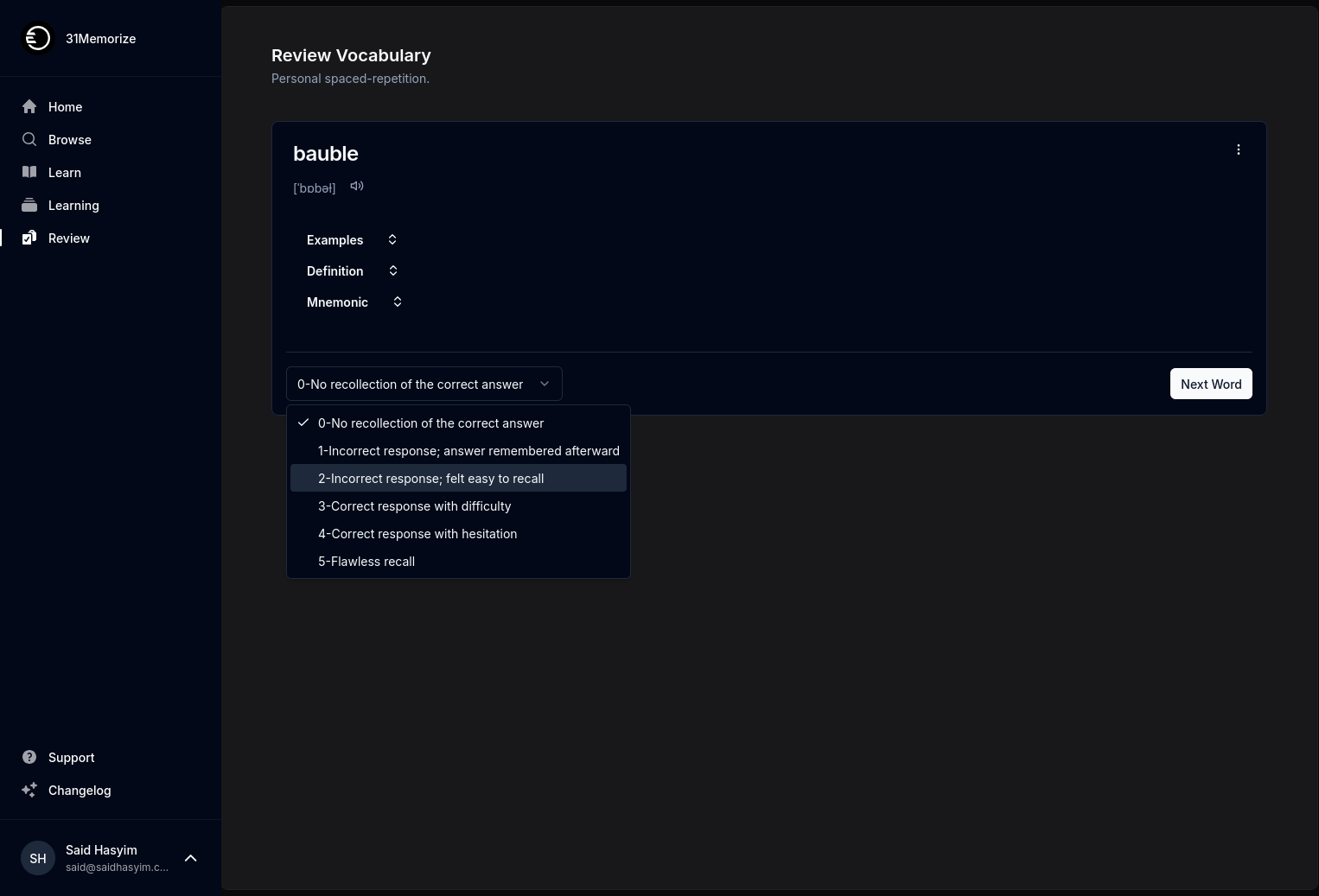How to Differentiate Constructive Reviews from Noise
In the digital age, the amount of feedback available online can be overwhelming. Whether you’re searching for a product, service, or experience, you’re likely to come across countless reviews. While some reviews can provide valuable insights, others may simply add to the noise, making it difficult to separate genuine, constructive feedback from irrelevant chatter. In this post, we’ll explore techniques for differentiating constructed reviews from noise so that you can make informed decisions.
What is a Constructive Review?
Constructive reviews are analytical, thoughtful comments that provide valuable insights. They often address specific aspects of a product or service, offering both positive and negative perspectives. The key elements of a constructive review include:
- Specificity: Good reviews detail exactly what the reviewer liked or disliked, often providing examples.
- Balance: A well-rounded review discusses both the pros and cons, giving readers a holistic view.
- Provide Context: Constructive feedback is often rooted in a specific situation or use case, helping others gauge its relevance.
- Actionable Advice: Useful reviews may suggest improvements or alternative solutions, making the feedback practical.
What Constitutes Noise?
In contrast to constructive reviews, noise can be described as feedback that does not contribute meaningfully to the discussion. Noise typically has one or more of the following characteristics:
- Vagueness: Reviews that lack detail or clarity are often unhelpful. Phrases like "it was good" or "I hated it" don’t provide sufficient context.
- Emotional Responses: Reviews driven solely by strong emotions rather than analysis, such as rants or overly effusive praise, may not be actionable.
- Irrelevance: Feedback that does not pertain to the product or service in question can distract from more useful reviews.
- Bias: Reviews influenced by external factors, such as personal grievances or misinformation, tend to skew perceptions.
Strategies to Differentiate Constructive Reviews from Noise
1. Look for Detailed Information
The first step in identifying a constructive review is to check if it provides detailed information. Look for specifics about the product or service, such as:
- Features or attributes discussed
- Comparisons to similar products
- Recommendations based on personal experience
Detailed reviews tend to indicate that the reviewer has taken the time to engage with the product or service, making their feedback more reliable.
2. Assess the Tone and Balance
Examine the tone of the review. Constructive reviews usually maintain a balanced perspective. An overly negative review, which solely criticizes without explaining the issue or offering solutions, often falls into the realm of noise. Conversely, if a review is excessively positive without acknowledging any flaws, it may lack credibility.
3. Consider the Context
Understanding the context in which a review was written is crucial. Ask yourself:
- Does the reviewer have similar needs or preferences as you?
- Was their experience in a unique situation that might not apply to you?
- Are they reviewing the product for what it is genuinely intended for?
Context helps to determine relevance. Reviews from users who share your expectations are generally more trustworthy.
4. Evaluate the Frequency of Feedback
Observe patterns in reviews. A single review, whether positive or negative, might be an outlier. Look for:
- A consensus among multiple reviews, which can help validate the feedback.
- Trends over time. Have reviews improved or declined? Consider whether this reflects a genuine change in the product or service.
5. Check for Specific Examples and Experiences
Constructive reviews often include specific experiences that illustrate the reviewer's points. These might be:
- Specific use cases that explain how a feature was beneficial or problematic.
- Testimonials on customer service interactions that show the company's responsiveness.
Concrete examples can help you visualize how the product or service may meet your needs.
6. Analyze User Profiles
Consider the credibility of the reviewer’s profile:
- Are they verified customers?
- Do they have a history of thoughtful reviews?
- Are they passionate about the topic at hand?
Users with consistent, well-thought-out feedback may offer perspectives that are more aligned with your interests.
7. Ask for Recommendations from Trusted Sources
Sometimes, reviews from strangers can be misleading. If possible, seek recommendations from friends, family, or colleagues who have experience with the product or service. Personal referrals often include practical insights based on firsthand experiences.
8. Utilize Review Summarization Tools with Caution
While technology offers tools that synthesize large volumes of reviews, approach these summaries with caution. Automated tools can sometimes overlook nuance and context. It’s wise to read a selection of reviews yourself to capture the full spectrum of feedback.
Conclusion
In a sea of reviews, the ability to differentiate constructive feedback from noise is invaluable. By honing in on specificity, balance, context, and actionable recommendations, you can enhance the quality of your decision-making process. Remember, not all reviews are created equal; take your time to sift through the noise and find the insights that truly matter.
Navigating the world of reviews can be daunting, but with a keen eye and a bit of diligence, you’ll be well-equipped to discern the value of the feedback you encounter. Happy reviewing!
